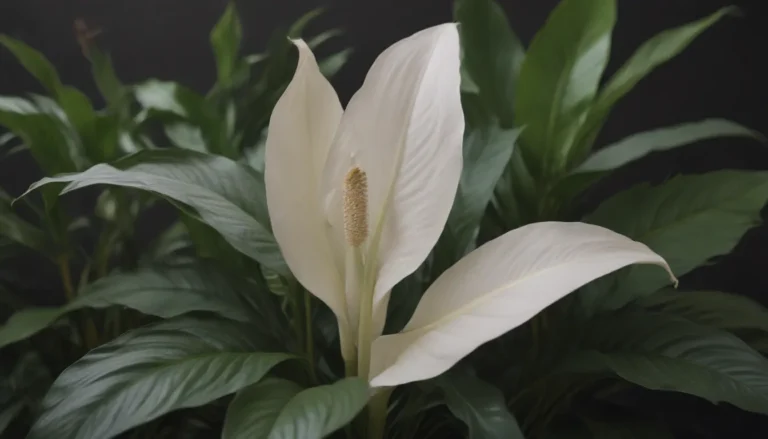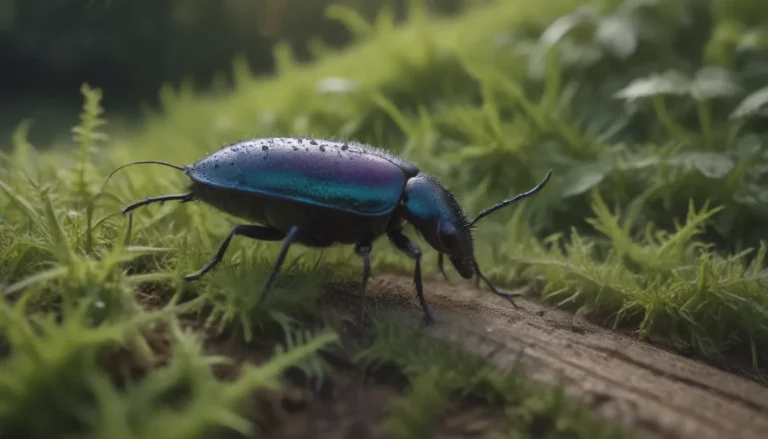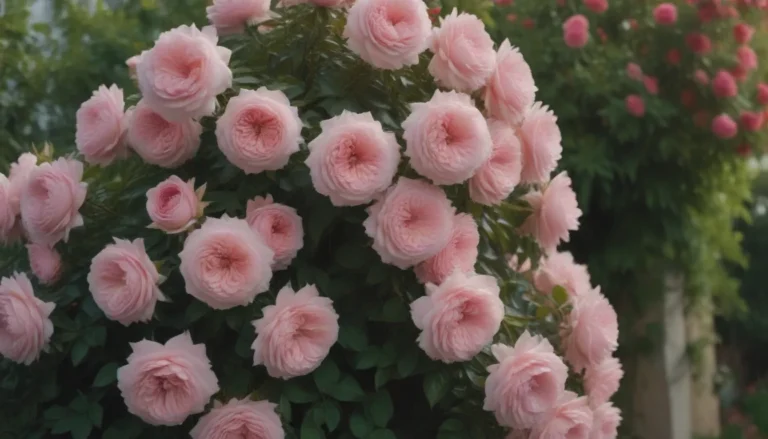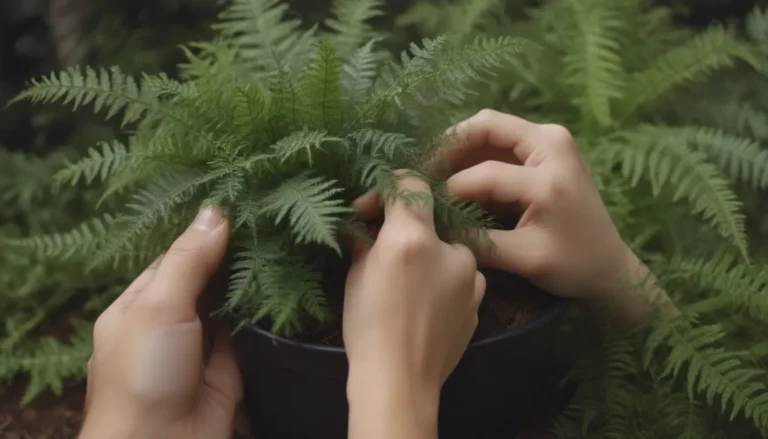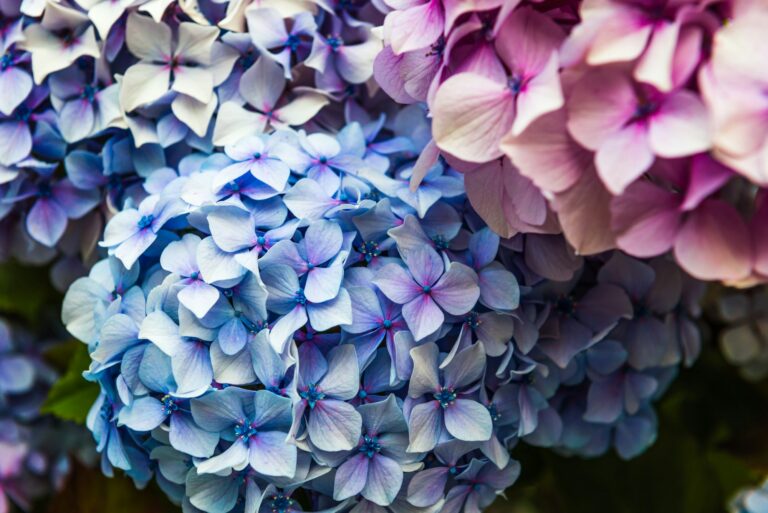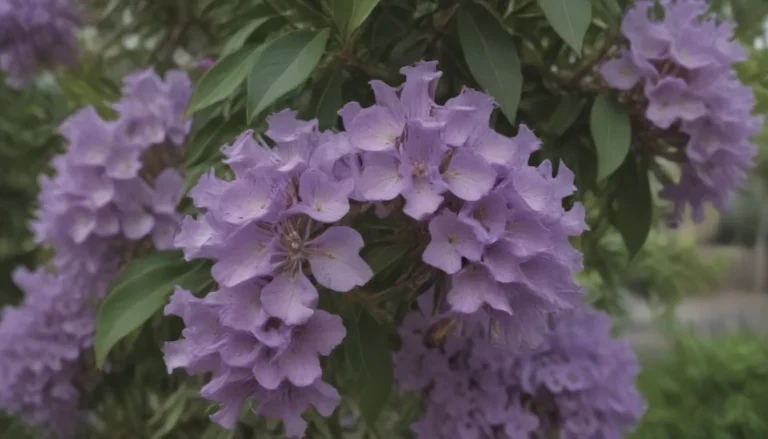A Complete Guide to Growing and Caring for Purple Leaf Sand Cherry

Purple leaf sand cherry is a stunning flowering ornamental that can add a pop of color to any landscape. With its vibrant purple foliage that transitions to a bronze-green hue in the autumn, this fast-growing shrub is not only visually appealing but also easy to care for. In this comprehensive guide, we will explore everything you need to know about growing and maintaining a purple leaf sand cherry in your garden.
Purple Leaf Sand Cherry Care
Here are the main care requirements to ensure your purple leaf sand cherry thrives:
Light
- Purple leaf sand cherry should be grown in full to partial sun to maintain its vibrant foliage. Too much shade can cause the leaves to change color prematurely.
Soil
- While adaptable to various soil types, the purple leaf sand cherry thrives in moist, well-draining soil. Ensure proper drainage to prevent root rot.
Water
- Regular watering is essential for the purple leaf sand cherry, especially during hot, dry weather or after transplanting. Aim for about one watering per week.
Temperature and Humidity
- Purple leaf sand cherry is hardy and can withstand a wide range of temperatures, making it suitable for different climates. It can also tolerate hot and humid conditions.
Fertilizer
- While adding fertilizer can benefit the plant, it is not necessary if the soil conditions are adequate.
Types of Ornamental Cherries
Purple leaf sand cherry is just one of the many ornamental cherry varieties you can choose from. Other popular types include:
- Japanese flowering cherry (Prunus serrulata)
- Weeping cherry (Prunus pendula)
- Higan cherry (Prunus x subhirtella)
- Yoshino cherry (Prunus x yedoensis)
Pruning Purple Leaf Sand Cherry
Proper pruning is essential to maintain the health and shape of your purple leaf sand cherry. Follow these tips for effective pruning:
- Trim after spring bloom to maintain a tight oval shape or create an ornamental hedge.
- Remove dead, damaged, or diseased branches.
- Cut off any suckers from the base of the plant to control growth.
Propagating Purple Leaf Sand Cherry
Propagation of purple leaf sand cherry is best done through suckers that grow at the base of the plant. This method ensures genetic consistency with the parent plant.
Potting and Repotting
While purple leaf sand cherry is not ideal for container growing due to its spreading root system, the compact cultivar ‘Darkstar’ (Prunus x cistena ‘UCONNPC001’) is an exception that can be grown in pots.
Overwintering
Purple leaf sand cherry is a hardy plant that does not require winter protection in most regions. However, container plants may need insulation to protect their roots from cold temperatures.
Common Pests & Plant Diseases
Like many plants, purple leaf sand cherry is susceptible to pests and diseases that can impact its lifespan. Keep an eye out for common issues such as:
- Japanese beetles
- Peach tree borer
- Scale
- Spider mites
- Aphids
- Leafhoppers
- Tent caterpillars
In addition to pests, the shrub is also at risk for diseases like:
- Honey fungus
- Leaf curl
- Cankers
- Powdery mildew
- Leaf spot
- Bacterial leaf scorch
How to Get Purple Leaf Sand Cherry to Bloom
Encouraging bloom in your purple leaf sand cherry requires proper care and attention. Here are some tips to help your shrub bloom beautifully:
- Plant in full sun for the best flowering results.
- Prune the shrub after bloom to encourage healthy growth and flower bud development.
Common Problems with Purple Leaf Sand Cherry
While purple leaf sand cherry is a beautiful addition to any garden, it does come with its challenges. Some common issues to watch out for include:
- Peeling stems that ooze sap.
- Branches prone to frost cracks.
- Susceptibility to pests and diseases that can shorten the plant’s lifespan.
Remember that this deciduous shrub is a hybrid between Prunus cerasifera (purple leaf plum) and Prunus pumila (sand cherry), combining the best of both species. It grows at a fast rate and produces small black or purple fruits in the summer, providing food for various wildlife.
In conclusion, with the right care and attention, your purple leaf sand cherry can be a beautiful and resilient addition to your garden. Keep an eye out for pests and diseases, provide adequate water and sunlight, and enjoy the stunning foliage and blooms that this ornamental shrub has to offer. Happy gardening!
References:
– Purple Leaf Sand Cherry. College of Agricultural and Environmental Sciences, University of Illinois Extension.
– Prunus x cistena. Missouri Botanical Garden.
